Churchill Wild has been blessed with exceptional guests and photographers over the years, some of whom have been able to perfectly capture the emotion of meeting a polar bear at ground level for the first time and tell a story with their photos.
Radiologist Ann Fulcher was on the Hudson Bay Odyssey at Nanuk Polar Bear Lodge last fall, and she managed to do just that. It took eight years of serious photography experimentation and study to get to where she is today, but she says anyone can do it.
Drawn to photography as a child, Fulcher didn’t take it up seriously as a hobby until 2010. Self-taught for the most part, when she decided to pursue it further she also took courses and advice from professional photographers.
“I had a film camera in high school,” said Fulcher. “But I never really used it to its full potential. I just had it on automatic. And then of course I went to college and medical school and life took over and I just didn’t have time for photography.”
But in 2010 Fulcher started to book some “fairly serious travel” and her love of photography moved back to forefront. The first place she planned to go was the Galápagos Islands, but she didn’t think her point and shoot camera would do that beautiful destination justice.
“I really wanted to capture the beauty of the wildlife and the landscape there,” said Fulcher. “So I started researching online what type of camera might work best for me. Once I made my choice of a camera, a Nikon D90, I asked one of the pro photographers at the University if I’d picked out the right camera and lens and he said yes.
“The Nikon D90 was a great camera to start with. I now shoot with Nikon D500. I like it because it’s good with low light, but for wildlife it’s fantastic because of the crop sensor. I don’t use the D90 anymore, but I really, really, liked that camera.”
Fulcher also decided that if she was going to take photography seriously, she would have to learn how to manually operate the camera, rather than use the automatic settings. She found some instructional books online and went to work learning the intricacies of her new camera. She would study the books at night and go out the next day to apply what she had learned.
“That was a great learning experience for me,” said Fulcher, who also enrolled in a photography course at the University of Richmond, where she took her undergraduate degree in biology.
“Two fantastic photographers taught the course. One was Lynda Richardson, she’s a pretty famous wildlife photographer who shot for the Smithsonian. The other was David Everette, an extraordinarily talented local pro photographer who shoots on the James River, a pretty significant river that runs through Richmond, with lots of birds on it, and beautiful rocks.”
Fulcher tried to get as much as she could from the six-week course and continued practicing on her own, focusing on the composition of her photos and how she would like them to tell a story. She also sought outside help.
“I would bring my photographs back home and go through them and then I would schedule some time with David and he would critique them,” said Fulcher. “I scheduled time with him because he is very honest. He doesn’t tell you something’s good if it’s not good. I had him critique the composition, the way I processed them. And then I would take the photographs and put them into a photography book that I did the layout for and created. In the past seven years I’ve created probably 35 of these books.”
Fulcher’s photo books have been created from a series of trips that began with the Galápagos Islands and have since taken her to Africa, Iceland, England, France, Costa Rica, Cuba, Puerto Rico, Peru, Mexico, Brazil and across the United States on all kinds of photography workshops and adventures.
Fulcher loves Africa, but ranks her trips to Nanuk to photograph polar bears; Camargue to photograph wild horses; Normandy to photograph the D-Day landscapes; and Cuba to photograph people, among her favorites.
“I found the Nanuk trip through one of my friends who is a photographer,” said Fulcher. “She and I and another one of my friends went together. And what we found is that it was not just photographing a polar bear in Churchill. Not there’s anything wrong with that, but it’s totally different when you’re standing behind a guide and the polar bear is walking towards you.
“You’re both on the ground, you’re not in a vehicle. You’re walking towards each other. And it was just an incredible experience. It’s an entirely unique perspective to photographing the bears, compared to if you were photographing them from a vehicle looking down on them.
“You have to get used to it the first time, but I felt very confident with our guides, Andy, Butch and Josh. Just talking with them I knew that they understood the bears’ behavior. You could tell that they knew when to walk forwards and when to stop. Because of that I was not at all frightened or intimidated, I felt very safe on the ground with the bears.”
Fulcher managed to capture some spectacular shots of polar bears in different light at Nanuk Polar Bear Lodge, and credits her guides with finding just the light then needed.
“We said we thought the light was going to be really good in a particular spot,” said Fulcher. “And they said great, let’s go over there. They got us in a perfect position.”
Another thing that made the Nanuk trip extra special for Fulcher was National Geographic Creative photographer/author and Churchill Wild photo leader Jad Davenport.
“He was just the nicest man,” said Fulcher. “He was upbeat, passionate about photography and welcoming to everybody in the group. It didn’t matter to Jad if one of the guests was photographing with an iPhone or with the most expensive camera, he treated everyone the same, he treated everyone well. As a result, I will always remember Jad. He was just a super great addition to that trip.”
Davenport also helped Fulcher with a Normandy photo book she’s working on.
“That was very special to me,” said Fulcher. “That Jad made time for us to sit down and talk about that project.
“My father, Richard, landed on Omaha Beach on D-Day at 6 a.m. It was the beach that was most heavily hit on D-Day in World War II. Dad carried a camera with him on the amphibious landing craft and he said that was the first thing that went overboard, but I have many of his photos leading up to that day.
“We had a guide take us to exactly the area where Dad landed. I had over 800 letters that he had sent back from Europe, to my mother and my grandmother. And I had newspaper articles. I basically had a timeline from when he went into the army to the time he came home, complete with his packing list. Seventy years later, Dad has gone back twice. He made it into a positive experience. He talked about it. He was proud of it.
“So Jad was just super great, not only for helping us think about how to look at the polar bears and the landscapes but also he was helping just about everybody. If I could say just one thing about the whole trip, Jad just made it extra special.
“I’ve been on trips where some of the photographers are super nice like Jad and others are really great photographers, but they may not connect with the group quite as well. With Jad it was immediate. From the time we walked in he was one of us. He’s just a great, great guy. I told him that. I hope he knows I meant it.”
The trip to Normandy also featured a visit to photograph the famous wild Camargue horses in the south of France.
“That trip was incredible,” said Fulcher. “Many of the horses are on private land, but they are wild horses. And they are cared for by cowboys that are known as the Guardians of the Camargue. The key with getting good photos of the horses is access. It’s just like everything else. Like getting to the polar bears. It’s access.
“The gentleman who led the Camargue horse trip was a fashion photographer who had retired. He and his family grew up in the Camargue area, so he had relatives and friends there. He was able to get access to the private land and the cowboys, whereas if you were just driving down the road, you might see the horses from afar, but you wouldn’t have that up-close access to them. We talked to the cowboys. We spent a day or two with them. It was a very interesting time.”
On the subject of photographing people, Fulcher said a trip to Cuba was among her favourites.
“Totally amazing,” said Fulcher. “Mainly because the people of Cuba are so warm and welcoming and they want to be photographed, so you don’t feel like you’re encroaching or getting into their personal space. I was walking down the street one day when an elderly lady came out and grabbed my hand and led me into her house because she was so proud. She knew I was an American, her daughter had moved to the United States, and she wanted to tell me about her granddaughter. It’s that type of encounter that is very difficult to describe. So warm.
“A lot of people don’t like their pictures taken and that’s why I was delighted with the Cuba trip. You can see that the people are totally okay with being photographed. I of course, asked, but they are very giving people.”
Fulcher looks for trips that are special, not just trips that allow you to travel somewhere, but rather trips that give her access to something that’s very different. Her trip to Nanuk Polar Bear Lodge provided a few added bonuses she wasn’t expecting.
“Just this past spring I started experimenting with night photography,” said Fulcher. “And I had never seen the northern lights. When we were at Nanuk we saw the lights on three nights. That was in addition to the polar bears, and I thought, well how can it get any better than this. The northern lights were just a fantastic bonus of the trip. I would say most of the people on our trip hadn’t seen the northern lights before.
“It’s a magnificent lodge. And the food was over the top. I love food, and every meal was unique. I’ve stayed at some nice lodges, but the food on this trip was far and away the best. It was absolutely fantastic. I think there were two chefs, the lead chef and another person, and there were three young women who worked as servers, housekeepers and they were three of the nicest young people you could ever imagine. Their personalities were fantastic, they were welcoming, you just couldn’t ask for anything more.
“The weather was great. And that’s coming from somebody who lives in the state of Virginia, where we don’t really like chilly weather. It was cold enough for the polar bears to come out, but not so cold that we were thinking more about the cold than we were the photography or the bears. And we had no rain. We also saw black bears at the lodge. They came to the fence and I got some pretty good photos of those through the fence. And of course, on the flight out and back we saw many, many, polar bears, and caribou and birds. The main thing we saw was polar bears.”
Travel tips?
“Know what you want to do and where you want to go and use a good travel agent,” said Fulcher. “They’ll know some of the seemingly trivial things that can make a significant difference in your trip. For example, on some African safaris it’s better to fly in, because it would take you a day or two driving to get there. You need to know these things when you’re booking certain lodges. I have a wonderful travel agent, she plans every part of the trip for me, and that is so important. Getting around in the USA is relatively easy, but in some other places that is not necessarily the case.
Fulcher’s go-to person for travel planning is Meg Harrison a travel agent for Crossroads Travel and an independent affiliate of Montecito Village Travel. She highly recommends Harrison, and also says not to be afraid to travel alone on planned adventures.
“Meg is a great lady,” said Fulcher. “Really quite extraordinary. The Internet makes it easier to plan a trip now too. There are so many resources. And don’t be afraid to travel alone. Many of my trips are planned tours. The last trip I took to Mexico for the Day of The Dead Festival was a National Geographic tour with 15 other photographers, all with similar interests. On the first day we didn’t know each other. Two days later we’re all the best of friends. Something just happens on trips like these. With small groups you can make it work. There will be somebody you make friends with.”
Fulcher has now developed her love of photography into a truly serious hobby. She loves what she does every day, but photography has provided her with a wonderful creative outlet that is separate from her work. It’s a hobby that brings her a great deal of pleasure. Her next trip will take her to India to photograph the Holi Festival, as well as tigers.
As a biology major who grew up near the Blue Ridge Mountains in rural Virginia, Fulcher loves nature and imagery, and she particularly loves to photograph bears. Nanuk Polar Bear Lodge hit the mark on all three.
“This is just one of those trips you dream about,” said Fulcher. “One of those trips you want to take.”
Ann Fulcher Photo Album
See more of Ann’s photos at AnnFulcherPhotography.com
- Ann Fulcher photo.

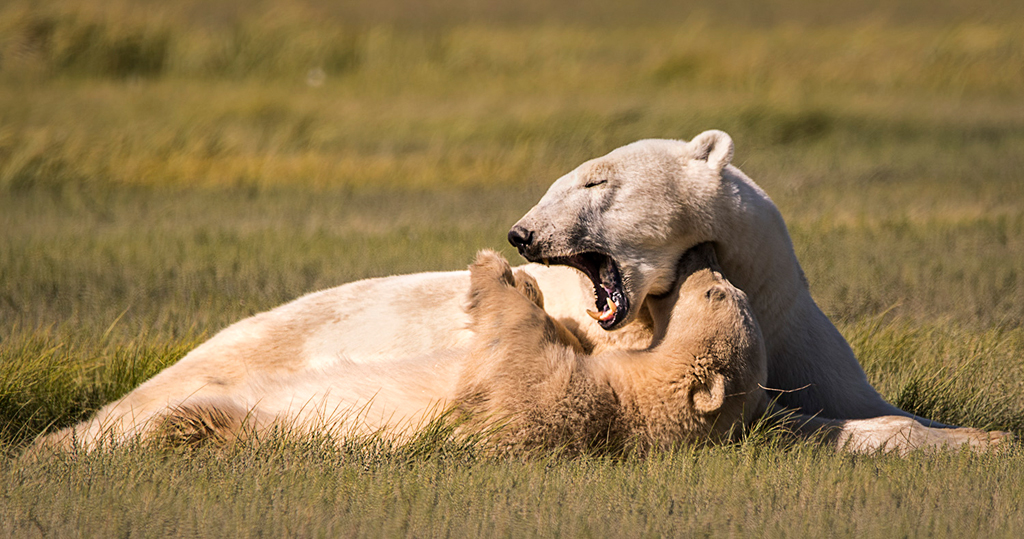
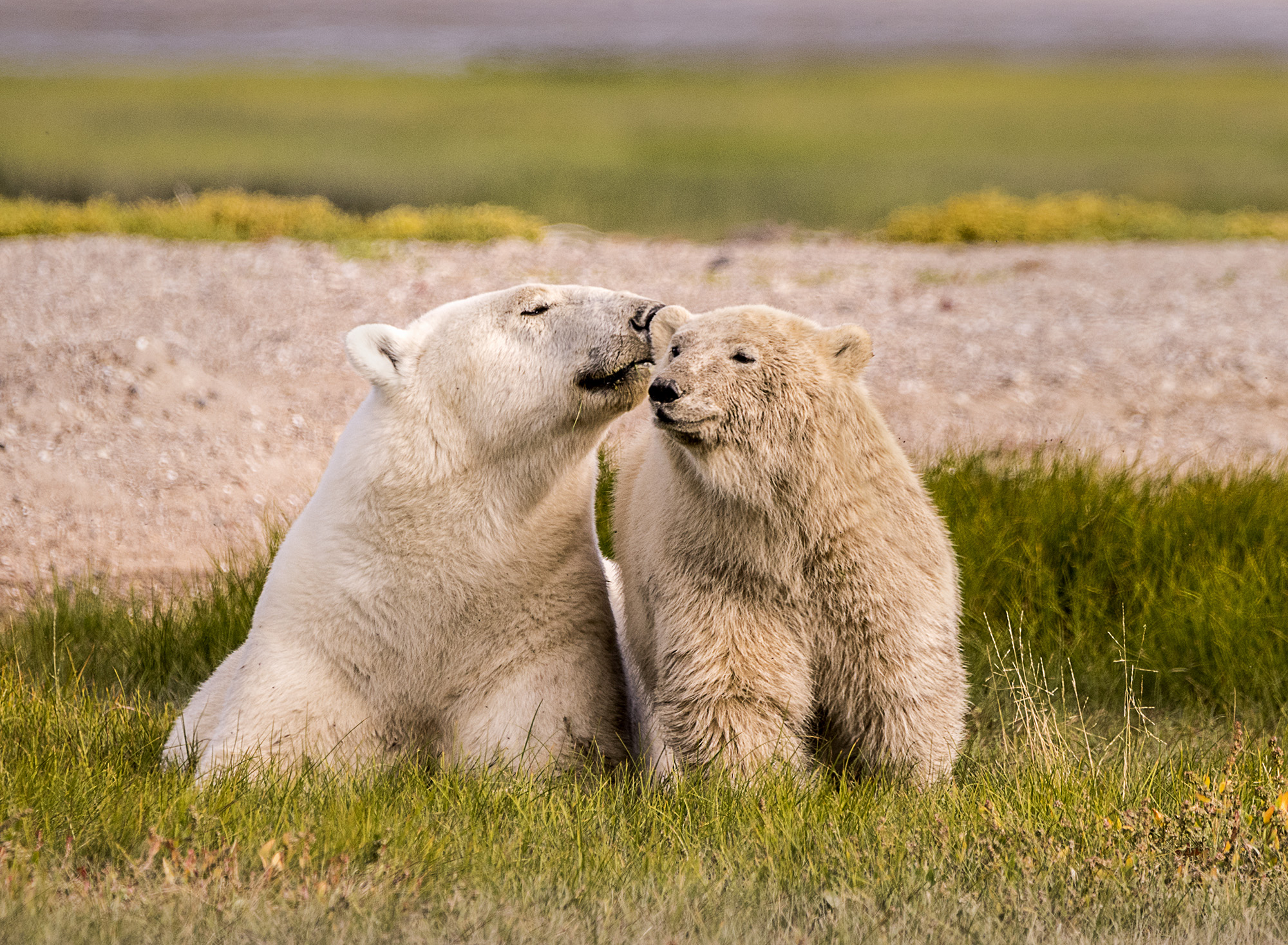
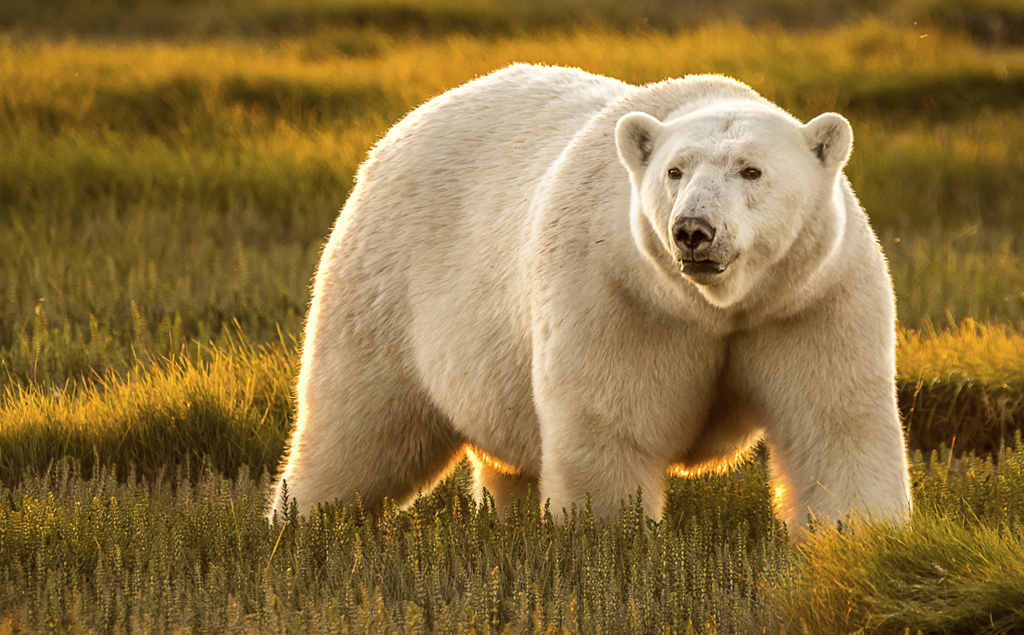
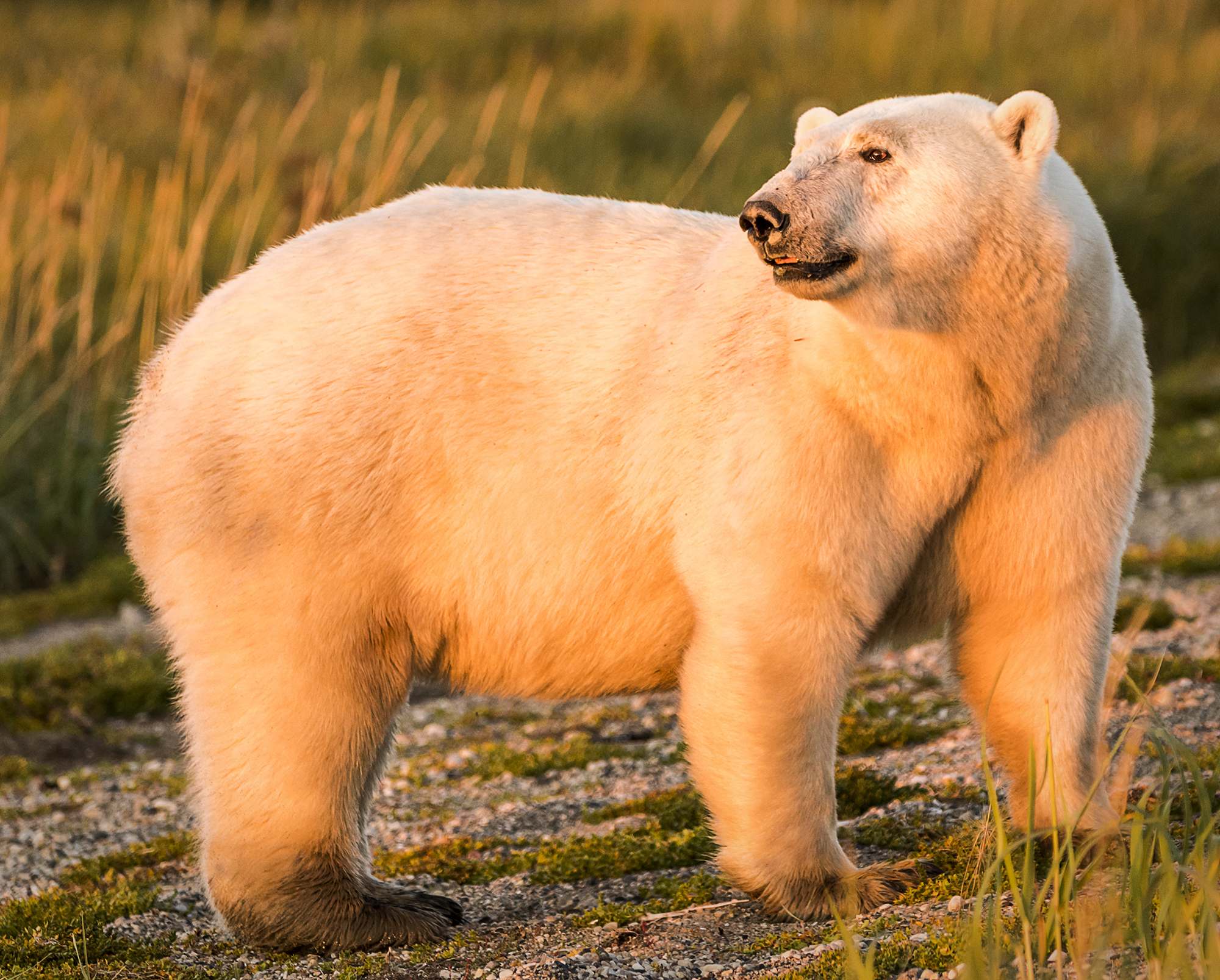
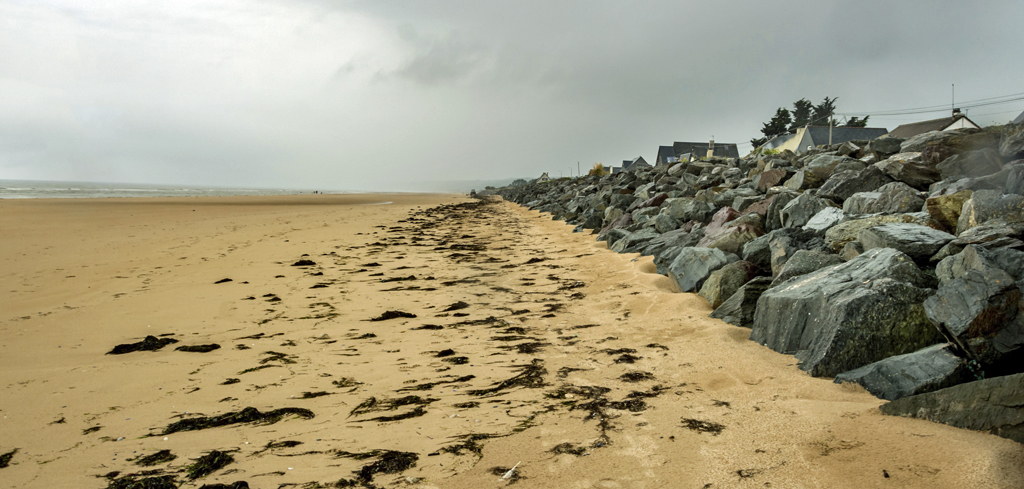
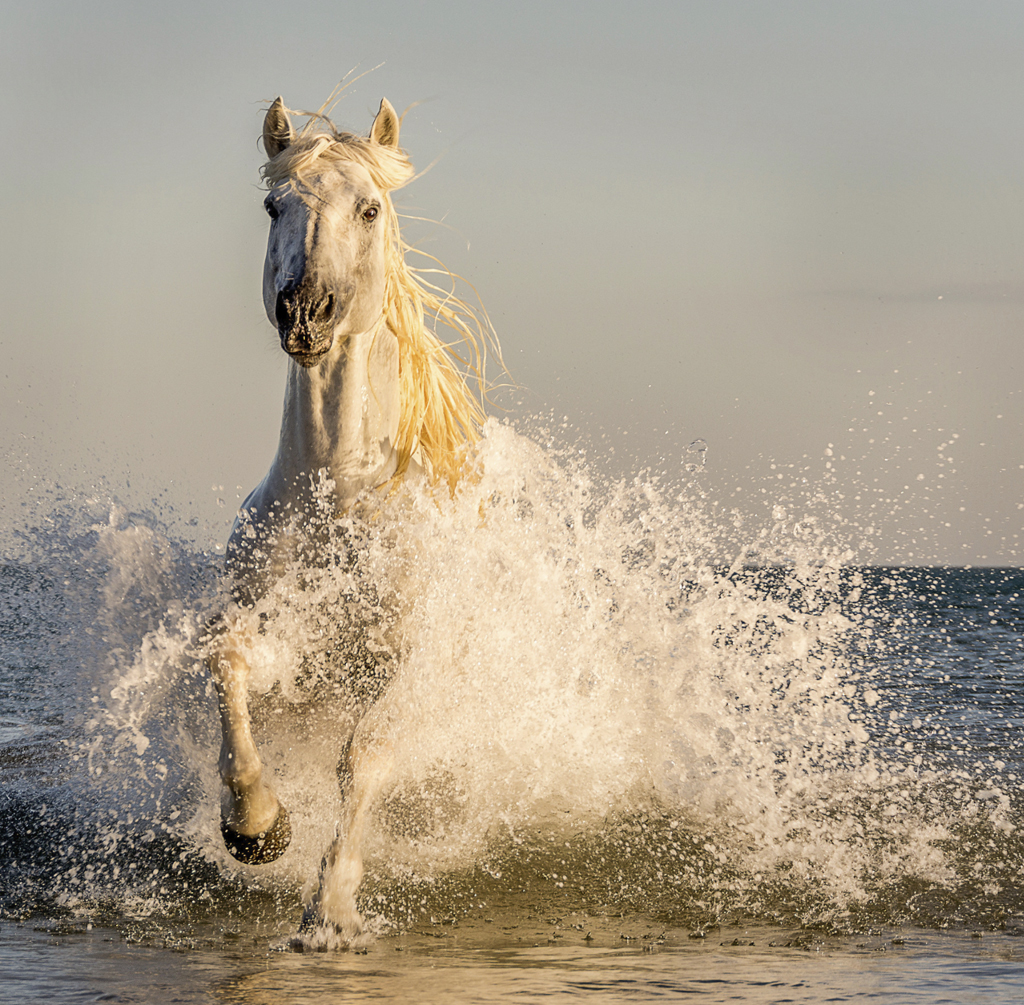
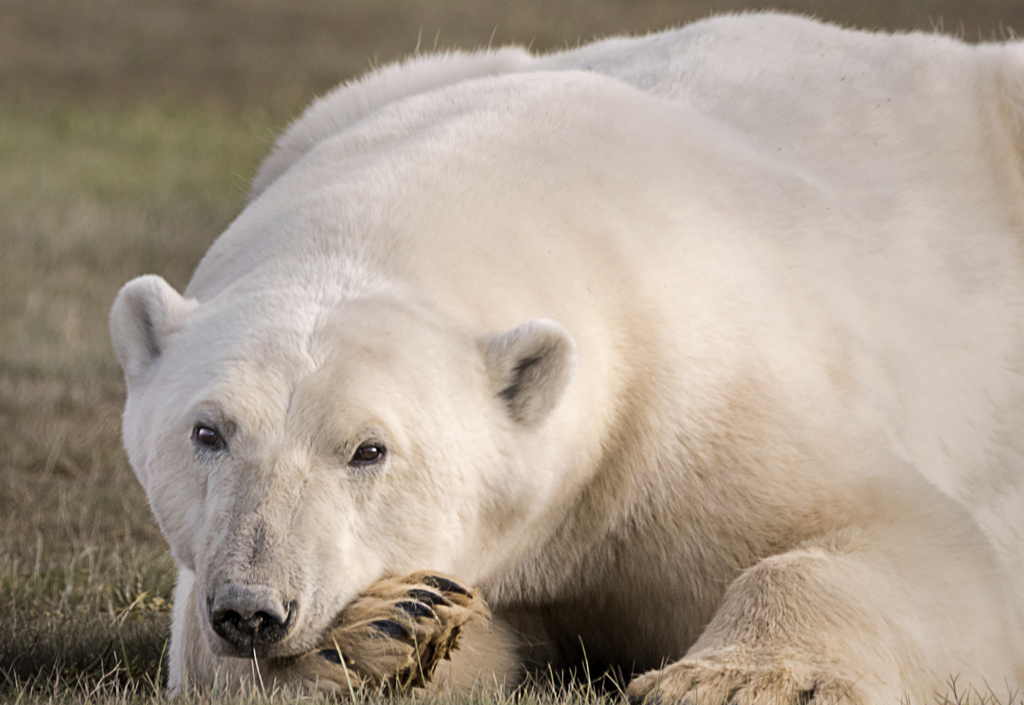
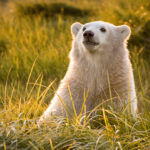
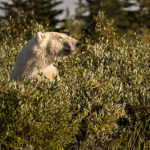


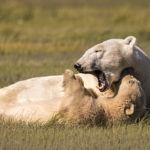
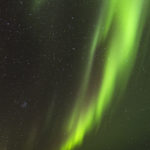
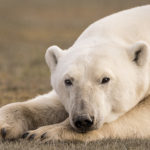
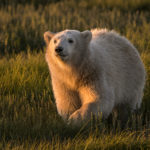
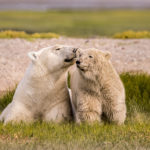

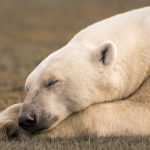
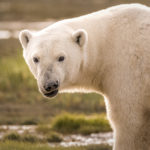
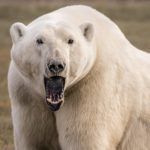
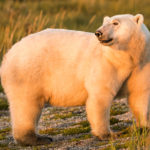
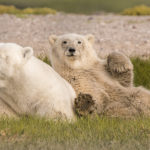








Beautiful work, Ann! I remember our journey well. You were such a fun group – all hard-core photographers with a great sense of humor. We had some incredible mother and cub encounters (at ridiculously close range). At one point I remember it was possible to photograph two mothers and four cubs in a single photo. I also remember a cub wanting to climb into one of the Rhinos (tundra vehicles). We kept having to move back and back from that curious cub. Nice work!